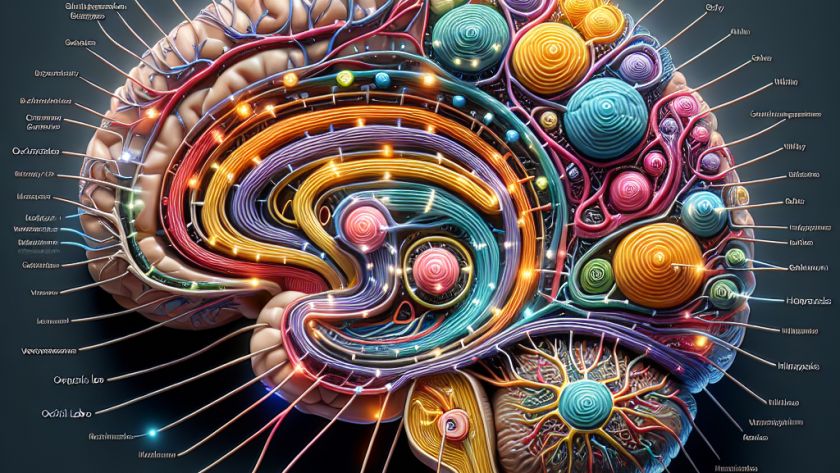Researchers from MIT and Meta have developed a computational vision technique, named PlatoNeRF, that allows for creating vivid, accurate 3D models of a scene from a single camera view. The innovative technology uses the shadowing in a scene to determine what could lie within obstructed areas. By combining machine learning with LIDAR (Light Detection and…








